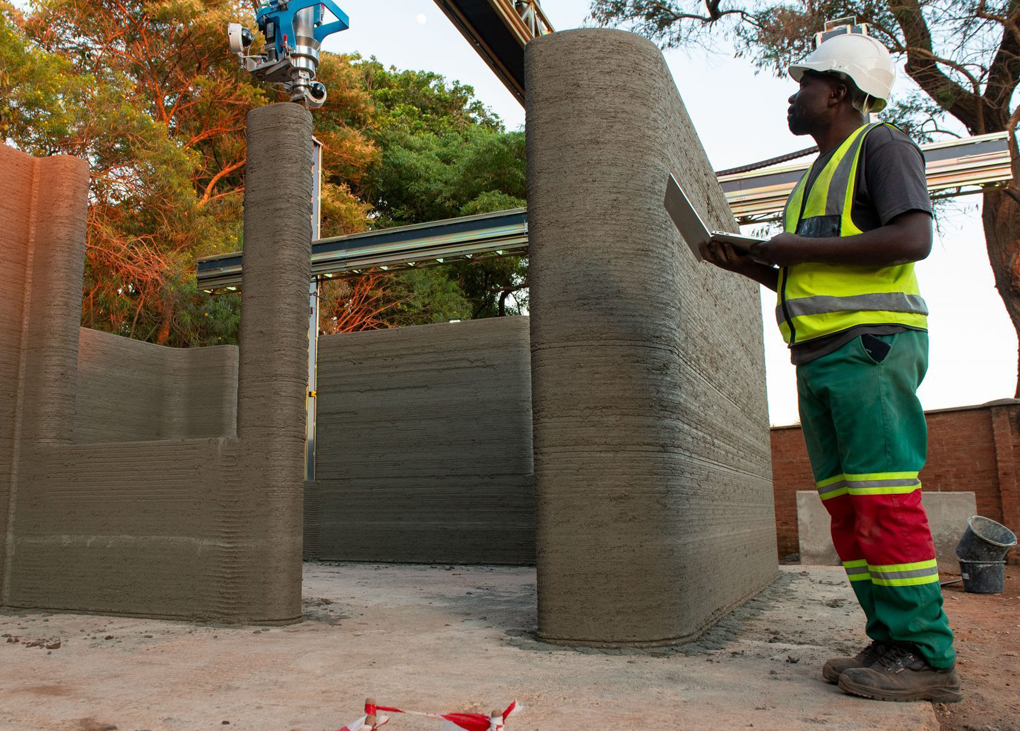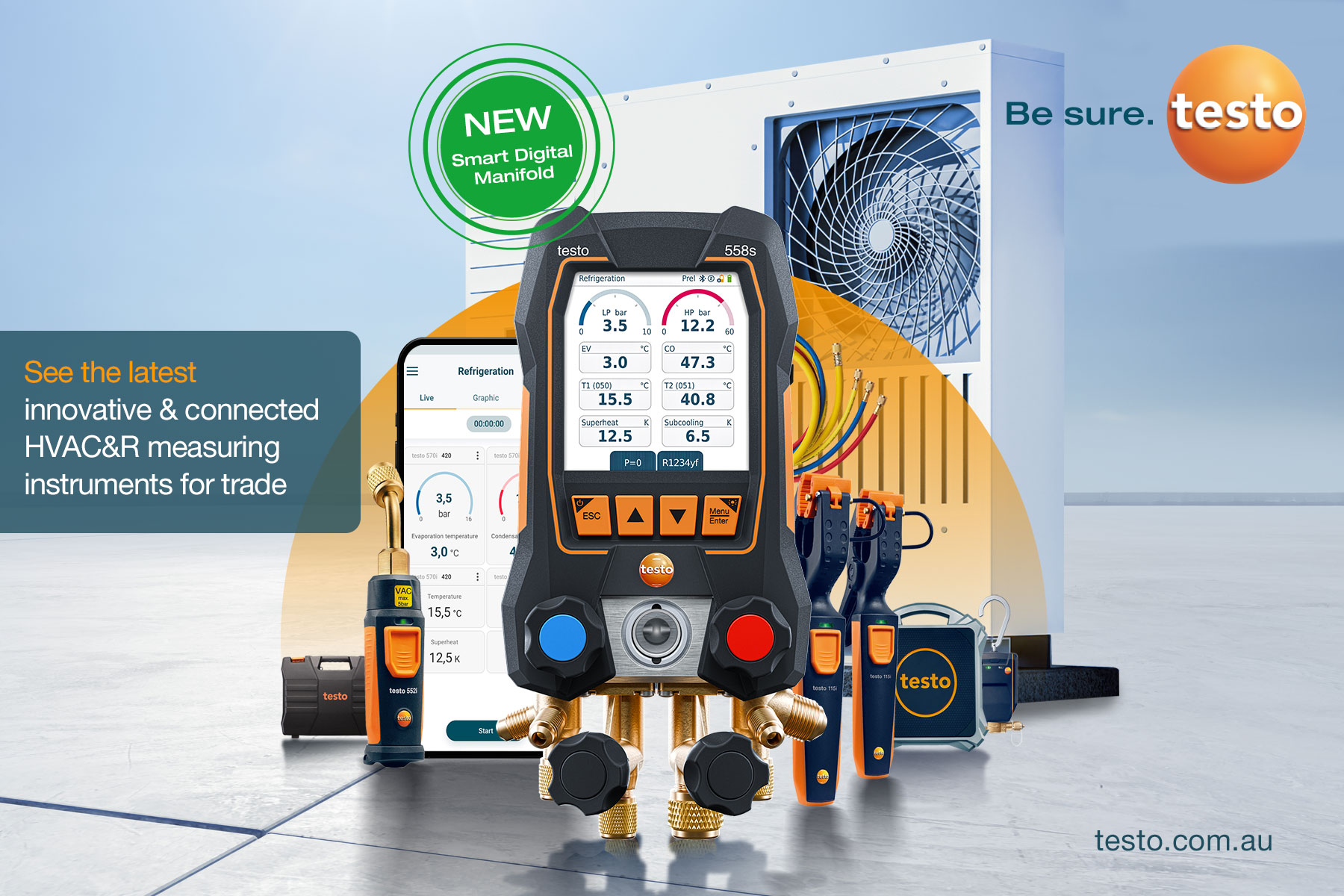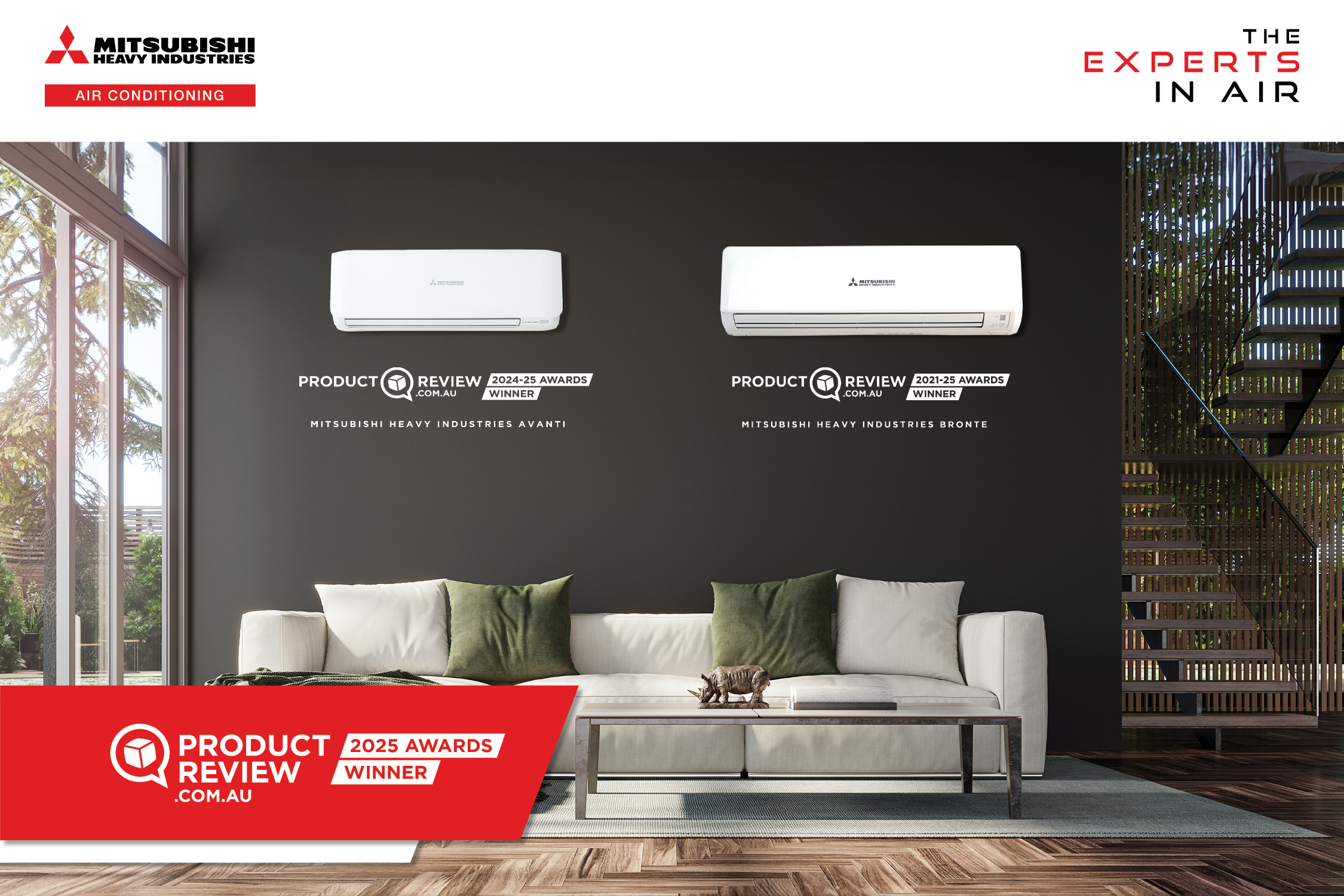Melbourne-based company Fortex has announced a partnership with COBOD International to bring the BOD2 3D construction printing technology to Australia. The company hopes it will be the start of a 3D-printing revolution.
“Fortex is proud to be laying the foundation for a new construction paradigm in Australia with COBOD 3D printers,” says Fortex CEO David Lederer.
“This world-leading technology is the disruptor conventional building needs. It is not only the future of construction, it is the now.”
According to Lederer, the printers deliver faster, greener, more durable homes and commercial buildings, with greater design freedom than conventional building methods.
The company is optimistic about the potential of the technology, having seen it implemented internationally to build homes in places such as Germany that have stringent building standards. Once the first printer arrives, Fortex plans on an extensive testing phase, and says it will work closely with the Green Building Council of Australia on its proof of concept. To reduce the product’s embodied carbon, the company intends to test and utilise geopolymer concrete mixes.
Under its partnership, Fortex will be the exclusive Australian distributor of COBOD International products including the BOD2 3D construction printer.
Danish-based COBOD works globally in 3D construction printing, with projects across six continents. The company has an Asia-Pacific regional office in Kuala Lumpur.
“We are proud to be partnering with Fortex to bring our state-of-the-art 3D construction printing technology to Australia,” says Simon Klint Bergh, Regional General Manager for COBOD Asia Pacific. “This arrangement, together with our new distribution partners Siam Cement in Thailand and KA Bina in Malaysia and our new regional office in Malaysia, will mean that we penetrate the growing market in Asia Pacific even further.”
The 3D printer’s modular design is developed to fit most projects, controlling the extrusion of concrete in accordance with the programmed build design. The fully automated process is predominantly conducted onsite.
While single and multiple-storey domestic projects will be the prime application, concrete and mortar 3D prints outside of home construction are also possible, with wind turbine towers already having been printed by the COBOD BOD2.
“We are talking about smarter, better, faster building,” Lederer says. “And that means improved outcomes for building companies and consumers.”
The first BOD2 3D Construction printer will arrive in Australia in Q4 2022.
Feature image courtesy of COBOD.



Leave a Reply